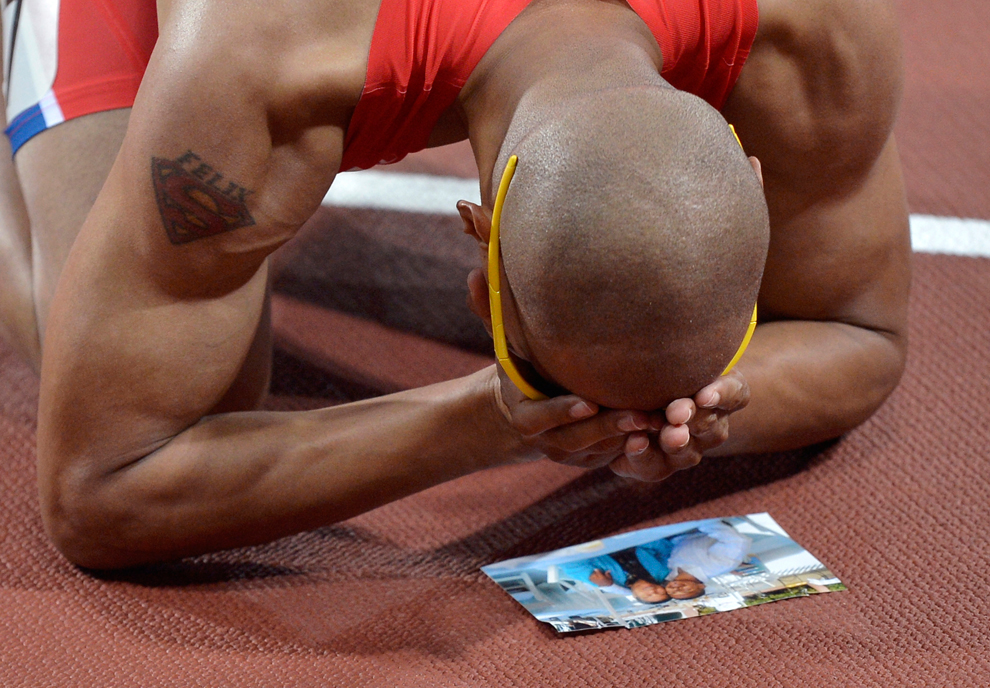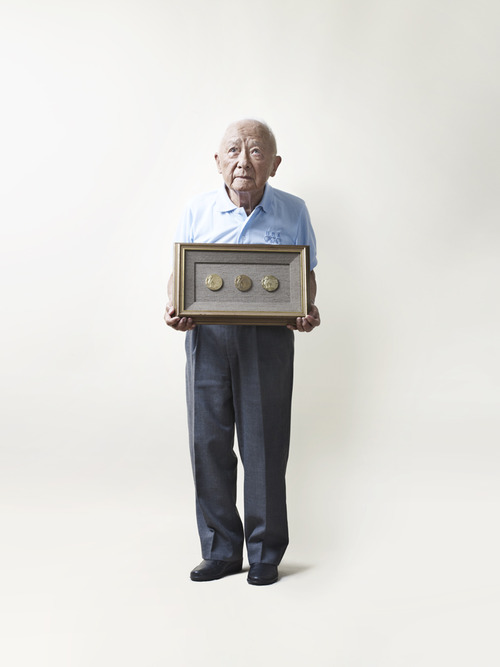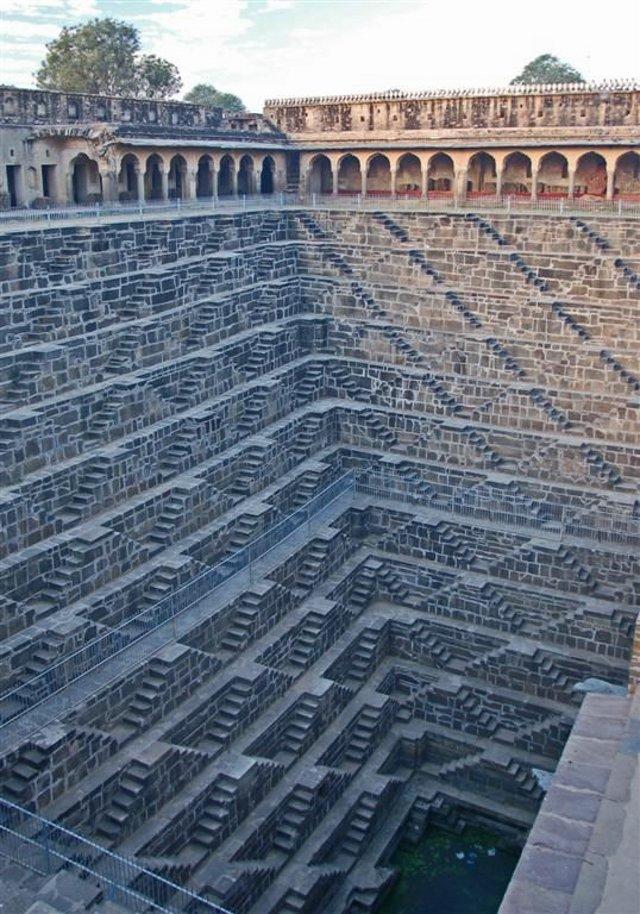
China’s Ding Ning reacts after winning a point against South Korea’s Kim Kyungah in the women’s semifinal table tennis match between China and South Korea on Aug. 6.

April Ross (right) of the United States and Jennifer Kessy celebrate after winning match point during the women’s beach volleyball semifinal match between United States and Brazil on Aug. 7

Dominican Republic’s Felix Sanchez has a family photograph on hand as he reacts to his gold medal win in the men’s 400-meter hurdles final at the Olympic Stadium on Aug. 6.

Jamaica’s Usain Bolt crosses the finish line to win the men’s 100-meter final at the Olympic Stadium on Aug. 5.
Inspirational Motivational of the Day: Meet Dr. William Bell, the world record holder in pole vault for his age group.
The 90-year-old — the father of former Olympic silver medalist Earl Bell — is still jumping three times a week.
Watch as he tries to beat his own record with a vault of 7’2″.
[videogum]

Dr. Samuel “Sammy” Lee, 91, was the first Asian-American to win an Olympic gold medal for the U.S. at the 1948 London games, and the first man to win back-to-back gold medals in Olympic platform diving.
From Wikipedia:
As a twelve-year-old in 1932, Lee dreamed of becoming a diver, but at the time Latinos, Asians and African-Americans were only allowed to use Fresno’s Brookside Pool on Wednesdays, on what was called “international day”: the day before the pool was scheduled to be drained and refilled with clean water. Because Lee needed a place to practice and could not regularly use the public pool, his coach dug a pit in his backyard and filled it with sand. Lee practiced by jumping into the pit.
I’ve learned so much about Olympians in the past few weeks, and this guy was a fucking champ. This article on Investors Business Daily goes a bit more in depth on what Mr. Lee was up against. Only having access to a pool ONCE a week, having to swallow his pride and train with a douchebag eventually led him to the Olympics where he beat out his competitors who probably had an advantage over him with the luxury of being able to train in a pool at their leisure. Then he came back four years later and did it again!
Lee went on to become an ear, nose, and throat doc, serve in the U.S. Army Medical Corps during the Korean War–wonder what that was like for a Korean American–and, later, coach diving legend Greg Louganis to a silver medal in the 1976 Olympics. He’s a member of the U.S. Olympic Hall of Fame, has a square named after him in LA’s K-town, and is now retired and living in Huntington Beach, CA.

The Chand Baori well, Rajasthan, India.
‘Built in the 9th century, it has 3500 narrow steps and 13 stories and is 100 feet deep.
Built back in the 10th century, the incredible well of Chand Baori, India was a practical solution to the water problem in the area. The arid climate forced the locals to dig deep for a dependable water source, one that would last throughout an entire year. Chand Baori well is 30 meters deep, it has 13 floors and 3,500 steps.
It is a fine example of the architectural excellence prevalent in the past. This impressive step well is as deep as a seven storeyed building. The famous Harshat Mata temple situated opposite to this well shows that there must have been a religious connection with the step-well. Length of well is 35 metres on each side with steps leading down from each side and water can be drawn from any level.’
The well was used in the film The Fall, starring Lee Pace.
A few more photos of storm clouds, because they’re all incredible.
[Images: Camille Seaman]
The man-made mechanical forest, five years in the making, consists of 18 supertrees that act as vertical gardens, generating solar power, acting as air venting ducts for nearby conservatories, and collecting rainwater. To generate electricity, 11 of the trees are fitted with solar photovoltaic systems that provide lighting and assist with water flow in the conservatories below.
Lake Retba in Senegal
A boat floats on what looks like a huge strawberry milk-lake.
The wooden vessels were photographed from the air bobbing on Lake Retba, in Senegal.
From above the mass of water - which spans one square mile - looks staggeringly similar to a giant milkshake.
And just like the Dead Sea swimmers are even able to FLOAT on the water with ease.
The bizarre colour is caused by high levels of salt - with some areas containing up to 40% of the condiment.
Michael Danson, an expert in extremophile bacteria from Bath University, said: “The strawberry colour is produced by salt-loving organism Dunaliella salina.
“They produce a red pigment that absorbs and uses the energy of sunlight to create more energy, turning the water pink.
“Lakes like Retba and the Dead Sea, which have high salt concentrations, were once thought to be incompatible with life - hence the names. But they are very much alive.”
Salt collectors can often be seen scouring the expanse to remove the valuable mineral - but first have to coat their skin with sheer butter.
This helps protect their skin from exposure to the intense salt levels in the three metre deep lake.
Salt crystals cling to the bodies of miners who work the lake everyday to extract its contents.
And towering piles of collected salt litter the shoreline.
Villagers then process it before selling and using the valuable mineral. (via)